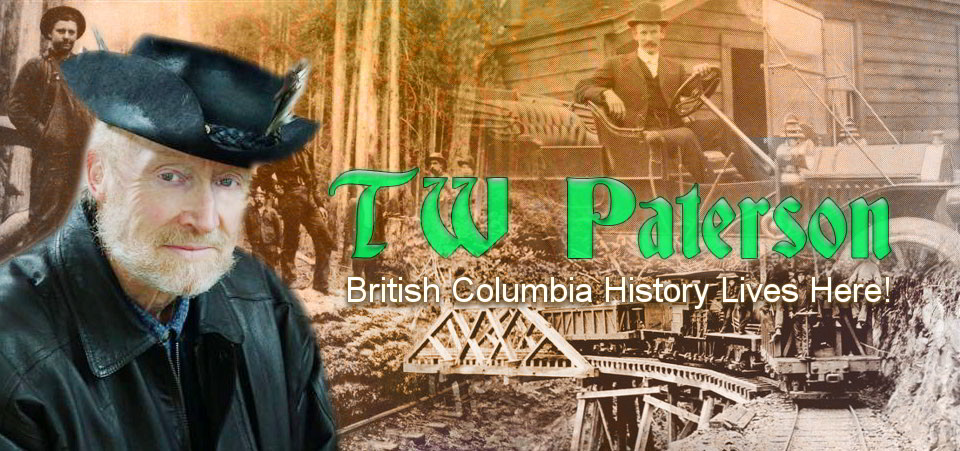Two lost gold mines and ‘Jolly Jack’ Thornton
The soaring price of gold in recent years has sent many prospectors, amateur and professional, in search of legendary lost gold mines in British Columbia. They might give serious thought to these two lost gold mines in British Columbia which have long intrigued pioneer prospectors. The first, although it actually dates back almost a century and a half, didn’t gain notice until 1899 when legendary prospector R.A. ‘Volcanic’ Brown, the discoverer of Copper Mountain, told a “romantic story of the discovery of a rich free milling gold property” to a Grand Forks reporter. Move Paragraph block from position 7 up to position 6Move Paragraph block from position 7 down to position 8 He’d just returned from Princeton where he had been informed that two Swedes who had been prospecting between “Staggett and the coast” (probably between Rock Creek and...
Read MoreWhat of the Women Who Kept the Home Fires Burning?
It’s easy to think of war as a ‘man’s game,’ but what of the women who kept the home fires burning? In late October 1918 word was received that Nursing Sister Henriette Millet, formerly head nurse of the Nanaimo hospital, was among those lost when the passenger liner Leinster was torpedoed and sunk by a German U-boat in the Irish Sea. Within weeks of Armistice, this latest tragedy claimed 564 passengers, British and American, 130 of them women and children. For four years of war nurse Millet had served King and Country in Mesopotamia, at the Dardanelles and in France, only to be killed in friendly seas when sailing for home. And the women who kept the home fires burning? It also became public knowledge that some women were suffering closer to home, too, it being reported that an...
Read MoreGranite Creek’s ‘White Gold’ Still Draws Treasure Hunters
Little did the miners realize that Granite Creek’s ‘white gold’ was platinum! Noted the Victoria Colonist noted in November 1885, “…There is associated with the gold on Granite Creek a very hard, heavy and whitish metal, which is probably platinum or iridium, perhaps a mixture of both. “There are no means of thoroughly testing it here, but Dr. G.M. Dawson, assistant director of the Geological Survey of Canada, has kindly offered to take it to Ottawa for examination in the laboratory there, after which it will be forwarded to London for examination at the Colonial and Canadian Exposition to be held next year….” The miners thought the ‘white gold’ was almost worthless and a nuisance According to Frank Bailey, “…In the early days the placer mines were greatly hampered with what they called ‘white gold’ in their sluice boxes,...
Read MoreCapt. James Christensen: B.C.’s First Commercial Seal Hunter Was a Bust
When Capt. James Christensen, mariner retired, looked back upon a lifetime of adventure and achievement, few could challenge his claim to being British Columbia’s grand old man of seafaring. Thanks to Capt. James Christensen Victoria ultimately became homeport to a thriving sealing fleet during the 1890s. As trader, sealer, tugboat skipper, steamship captain and pilot, he’d survived shipwreck and almost single-handed provoked an international incident between Great Britain and the United States. To say the least, the career of Capt. James Christensen, a biographer noted in 1904, was “a chronicle of the development of British Columbia’s shipping”. Right up until his 80th birthday, when he reluctantly swallowed the anchor, Capt. Christensen had performed his duties “on the swaying rope ladder” with fellow pilots half his age. In fact, but for a government ruling that he was too old for...
Read More